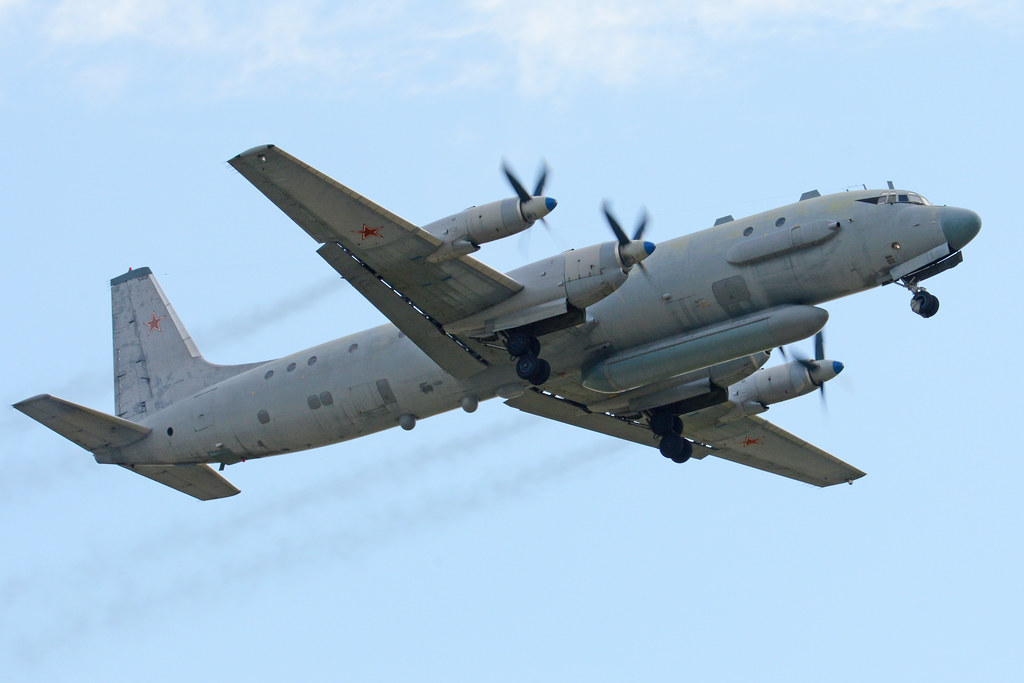
Under former President Donald Trump, the United States has allegedly provided crucial intelligence that enabled Ukraine to launch covert strikes on Russian oil facilities across the country. The operation aimed to pressure Moscow into engaging in peace talks.
By early October, these Ukrainian attacks had reportedly disabled nearly 38% of Russia’s oil refining capacity, triggering an internal fuel crisis that forced multiple Russian regions to impose restrictions on gasoline and diesel sales.
According to the Financial Times, which cited unnamed U.S. and Ukrainian sources, the Trump administration discreetly supplied Kyiv with detailed operational data. This included flight routes, altitudes, timing, and mission specifics designed to help Ukrainian drones bypass Russian air defense systems. Three officials told the publication that while Ukraine selected the targets, the U.S. fully backed each step of the mission planning. Other sources suggested Washington may have even helped Kyiv prioritize which targets to strike.
This support reportedly stemmed from a conversation between Trump and Ukrainian President Volodymyr Zelensky in July, during which Trump allegedly asked whether Ukraine could strike Moscow if given U.S. long-range weapons. Trump later denied that such a conversation took place, saying publicly that he did not support targeting Moscow. However, the FT reported - citing two officials said to be familiar with the exchange- that Trump privately approved Ukraine’s strategy to hit Russian oil infrastructure, with the goal of making Russia “feel the pain.” His backing reportedly intensified after an August summit in Alaska with Russian President Vladimir Putin. Although Trump ultimately scaled back on new sanctions promised earlier, he was said to be increasingly frustrated by ongoing Russian aggression despite a seemingly constructive dialogue.
In October, the Kremlin expressed disappointment that the positive momentum from the Anchorage summit had faded. A proposed in-person meeting between Zelensky and Putin failed to materialize, with Putin offering only a meeting in Moscow - an offer Kyiv and Western leaders quickly dismissed.
Ukraine has primarily relied on domestically produced drones and missiles for these operations. President Zelensky recently hinted at the use of a new long-range weapon, the Flamingo missile, in recent strikes.
When questioned, Ukraine’s General Staff declined to confirm any deployment of the Flamingo, stating, “No, we do not have such information at this time.”
Reportedly capable of reaching 3,000 kilometers, the Flamingo missile can strike targets deep within Russian territory, even beyond the Ural Mountains. Its developers claim it outperforms the U.S.-made Tomahawk, which Ukraine continues to seek, with discussions about potential transfers still ongoing.
On October 7, Trump stated that a decision on the Tomahawk transfer was “sort of made,” without giving further details. The issue is expected to be a top agenda item during an upcoming visit to Washington by a senior Ukrainian delegation.